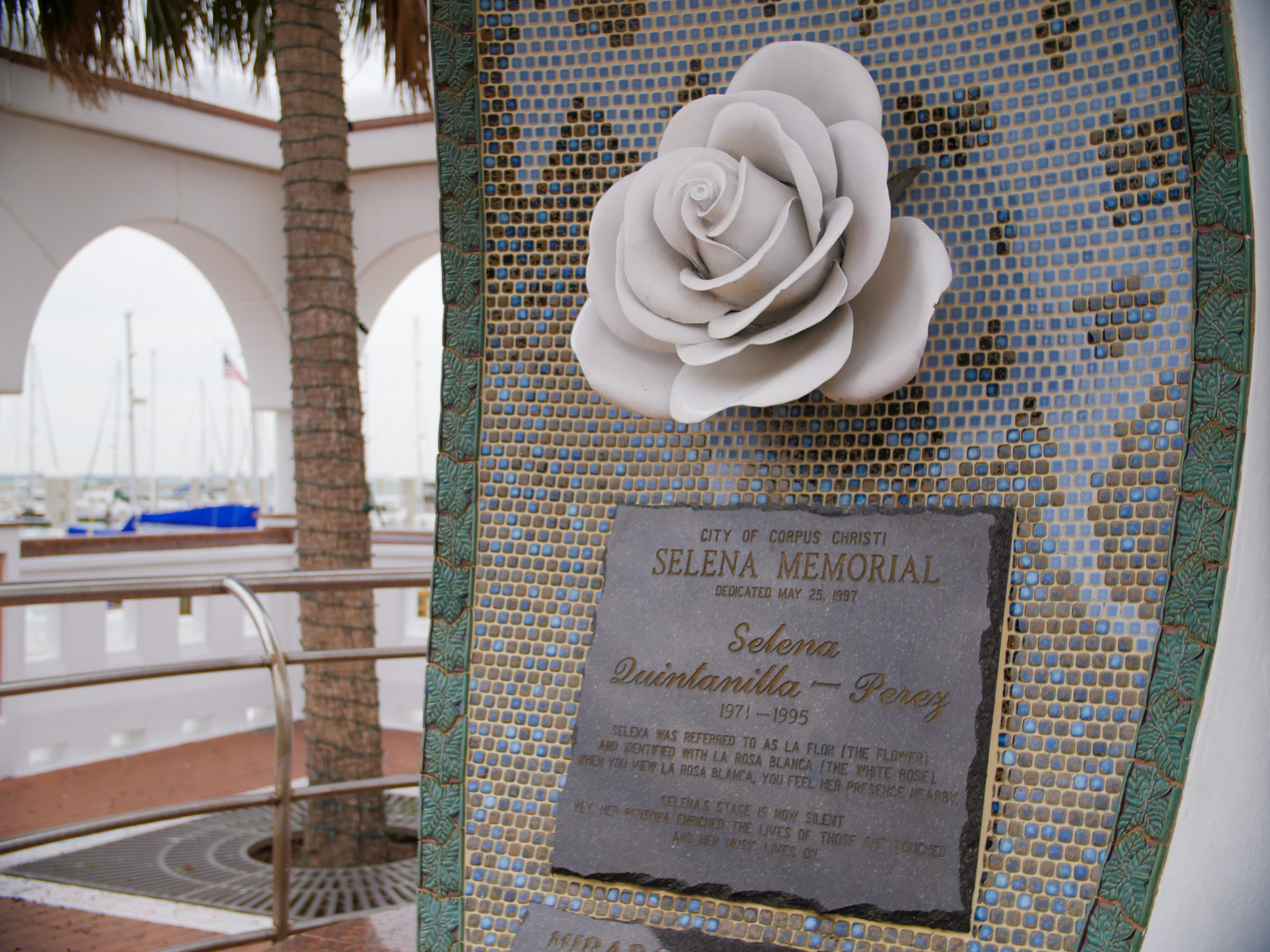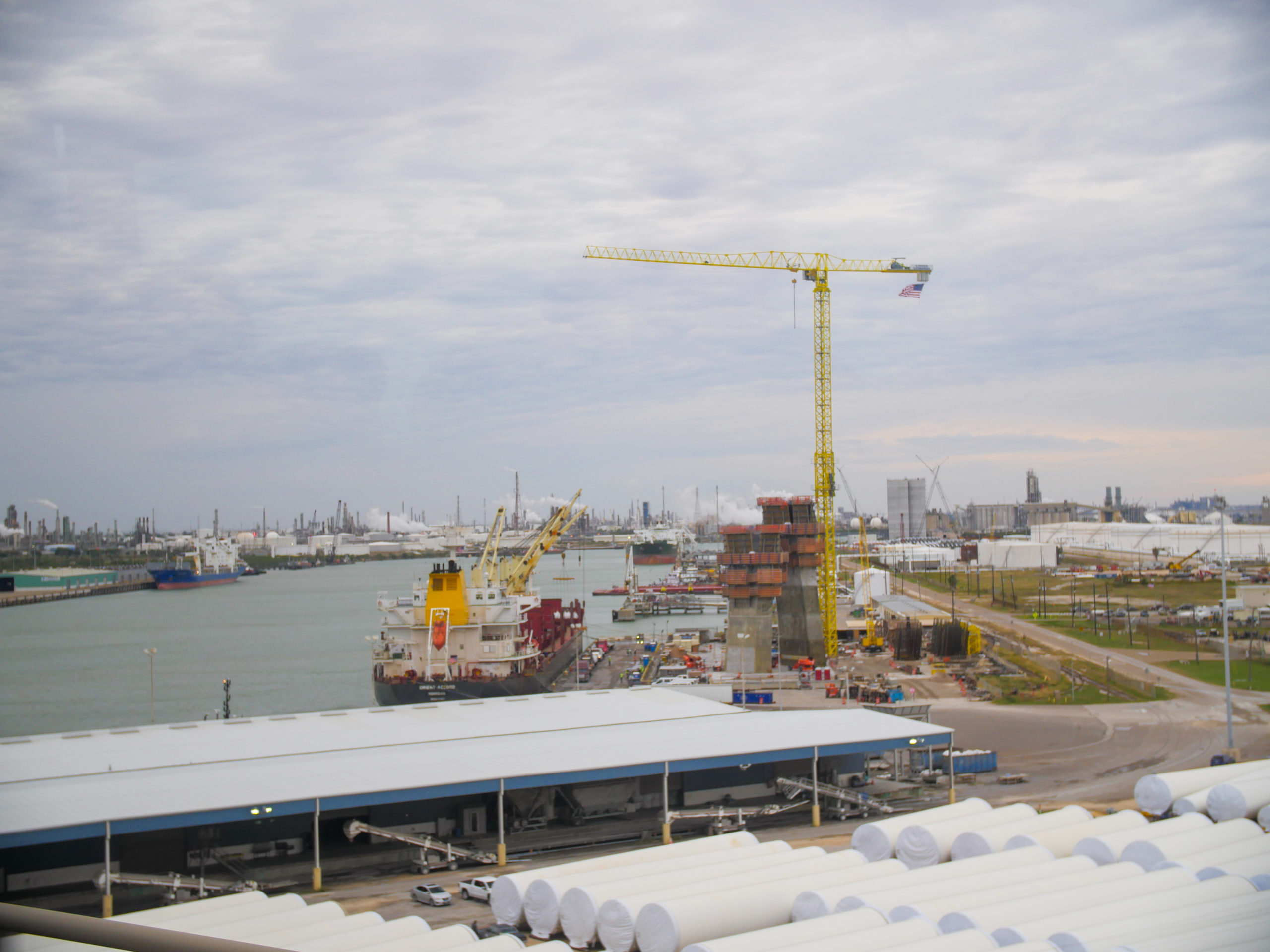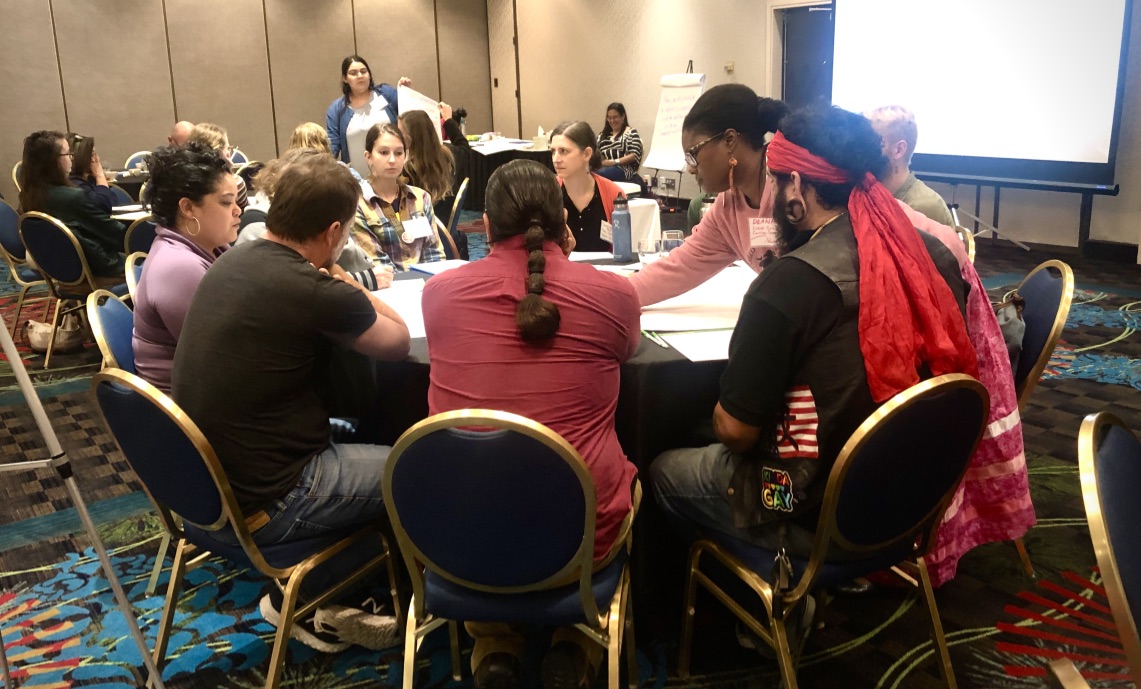Building community, building power at the Permian Gulf Coast Convening
I arrived at the Holiday Inn in Corpus Christi Sunday afternoon ready for three intense days of the Permian Gulf Coast Convening, an unprecedented endeavor to join forces of grassroots and NGO activists from over 55 different organizations and groups from New Mexico to the Gulf Coast of Texas and Louisiana. The aim was to build a powerful coalition of environmental and social justice organizations to collectively address the catastrophic impacts of the oil and gas industry’s buildout in the Permian Basin.
This past spring the Permian Basin eclipsed Saudi Arabia’s Ghawar oilfield, making it the it the highest producing oil field on earth. Industry is rapidly developing countless new pipelines, processing facilities, petrochemical plants, and export terminals across the region in order to maximize profits and global power. With each new piece of infrastructure, emissions grow and climate change accelerates.
Frontline and grassroots groups, and allies must unite and act now to stop this climate bomb.
Homage to intersectionality
The evening before the convening, a few of us stepped onto the marina boardwalk overlooking the Gulf waters and dozens of sailboats to stretch our legs and breathe the fresh sea air. Fellow organizer Dee Dee Belmares, a native Texan of LatinX heritage, drew our focus to Selena Quintanilla’s memorial overlooking the Corpus Christi Bay. Selena, a Texas icon and singer/songwriter of Mexican and Native American heritage, known as the Queen of Tejano, was murdered in 1995. Rather than be molded by white culture despite generations of systemic racism and patriarchy, she embraced her Mexican-American identity, language, and culture and womanhood and made it shine in her work. Her unwavering devotion to her identity and her community made her legendary amongst LatinX communities.

This moment of homage as we circled around her statue foreshadowed the essential equity work we would take on during the convening. We can no longer afford to separate environmental justice from social justice matters in our movement work, especially when collaborating with impacted rural and border communities that are predominantly comprised of people of color.
This truth rang out again and again in our three days of coalition building. Grassroots representatives made it clear that we absolutely must not only listen to and include both environmental and social justice frontline communities, but we must raise up their voices in a way that respects and celebrates who they are and how they express themselves if we are going to truly collaborate.
Seagulls squawked overhead, people strolled by, and we stared at the rising full moon, its beams bouncing off of the waves, bouncing off the cold, white marble carved to replicate a strong woman of color who loved these waters and this community. For a few moments, we stood in silence, perhaps, each yearning for the magic spell to save the mysterious sea.
Community and climate threatened

This massive build-out threatens the treasured Padre Islands Seashore. North Padre Island is the longest undeveloped barrier island in the world, running 70 miles to its southern tip, where it is separated by a narrow channel from its sister, South Padre. The fate of the Padre Island Seashore and the communities that live nearby hang in the balance, as Exxon plans to build the largest petrochemical plant for plastics production in the world in Corpus Christi. Other companies vie for pipeline, crude oil, and liquified natural gas (LNG) projects all the way to the Brownsville Ship Channel, 119 miles away. Corpus Christi community organizations have joined efforts to create the Coastal Alliance to Protect our Environment (CAPE) and residents of the South Padre area have formed the Save RGV from LNG to prevent long-term destruction.
In Corpus Christi – like Houston and St. James, Louisiana – key pieces of the burgeoning Permian Basin infrastructure culminate. New pipelines are being built to transport the petroleum extracted in the New Mexico and West Texas Permian to huge refineries, petrochemical plants, and export terminals on the Gulf Coast.
Undaunted
Undaunted, we inhaled the sea air, then strode on, laughing, full of optimism and hope that here in this place, under this moon, we would form a coalition with the power to stop the oil and gas industry and find solutions that nurture the planet’s rich biological diversity rather than memorialize it in stone.
Monday morning, Karankawas, Love Sanchez and Walter Flores of the Indigenous People of the Coastal Bend, welcomed us and blessed our presence. Their people have been the caretakers of this land long before the Europeans conquered and colonized it. Reverend Adam Carrington followed, an advocate of civil rights of the African-American Hillcrest community displaced by the expansion of the Harbor Bridge for increased petroleum and petrochemical exports, and then the welcome concluded with Errol Summerlin of the CAPE Coalition, who would take us to meet Hillcrest residents during the Toxic Tour, one of the most poignant moments of the convening.
A flowing positive energy characterized the convening, reflective of our earnest desire to work together and, undoubtedly, the magical powers of our two incredible facilitators, Rebecca Mwase and Bineshi Albert, who gracefully guided a herd of a hundred people of mixed origins and backgrounds through fundamental work of embracing and applying the social justice Jemez principles to collective strategizing and collaborative action.

For inspiration we looked to our keynote speakers: Sharon Lavigne of St James, Louisiana, Gene Collins of Odessa, TX, Krishnaveni Gundu of Houston, and Dr. Christopher Basaldu, PhD, of Brownsville. Each shared powerful personal stories of perseverance, commitment, and love for their suffering communities. Their passion, tenacity, and vision filled us with determination to once and for all turn the tide. The St. James parish community breathes the pollution of over a dozen toxic industrial plants daily. Cancer rates are morbidly high. Sharon Lavigne clenched her fist and said, “Not St. James. Not here. Not anywhere. Never again.”
Nowhere in the petroleum industry corporate model is there room for Selena’s dream of equity and beauty because their model is rooted in violent extraction and exploitation. We hold all those who have suffered, lost homes, or died from impacts of the petroleum industry along with those still living, our children and their children in our hearts and minds as we do this work for the future of our nation and our planet.
Thank you.
I would like to express deep gratitude to all who attended the convening, all who worked to make it happen, and to the organizations that hosted and supported the Permian Gulf Coast Convening—Texas Campaign for the Environment, Earthworks, Sierra Club, Break Free from Plastics, Global Gas and Oil Network, and the Rockefeller Family Fund.
Post by Lori Glover
